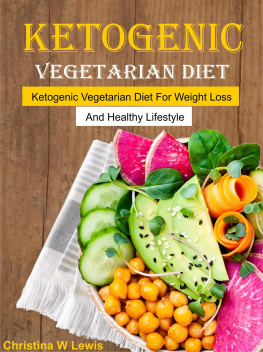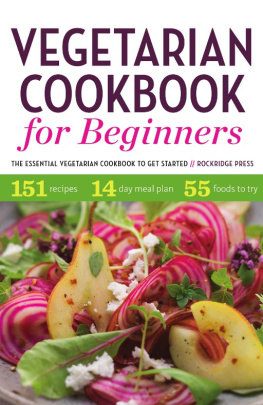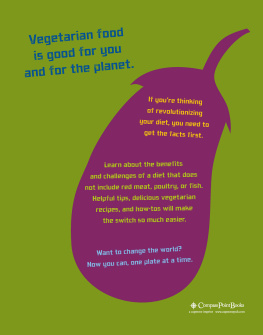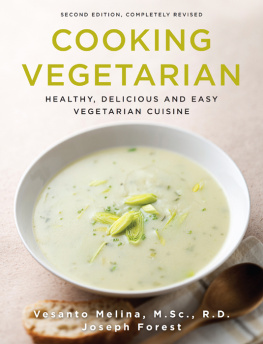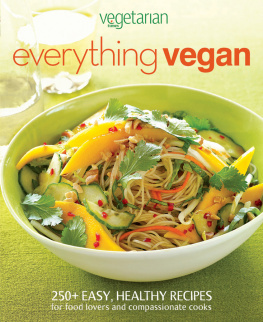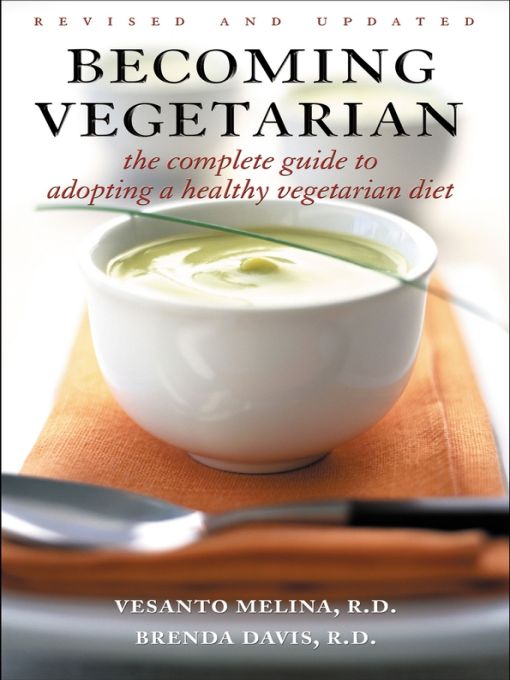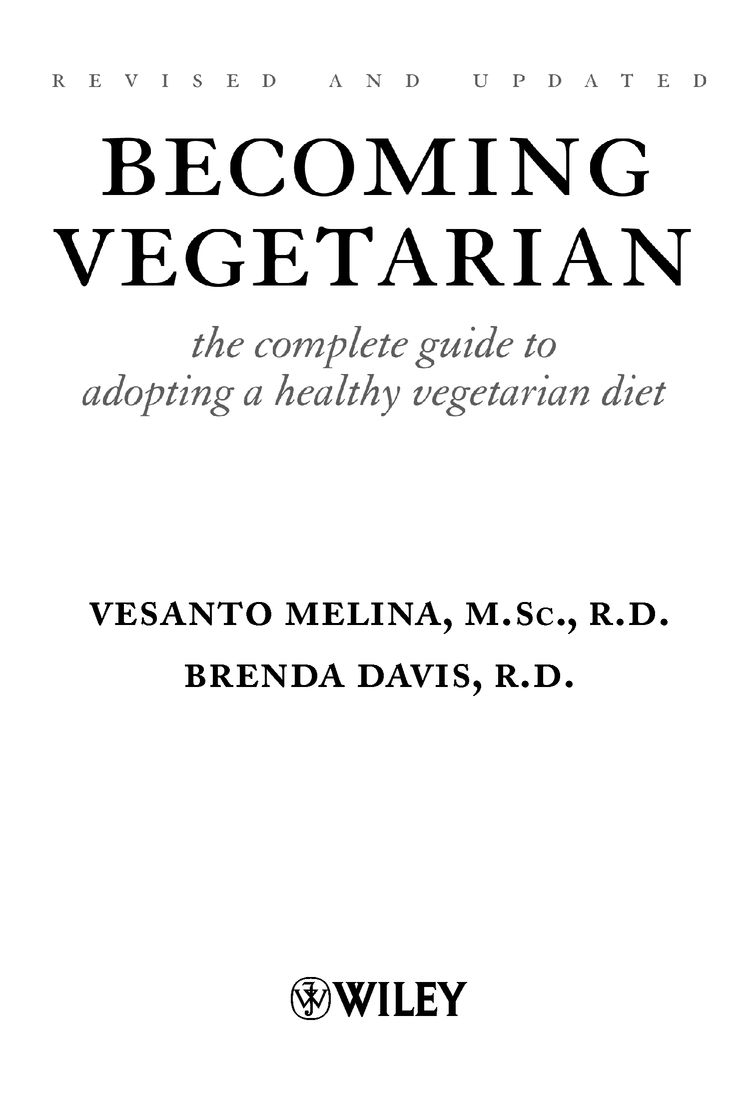Table of Contents
To our children,
Xoph (Chris) and Kavyo; Leena and Cory.
May your life be a reflection of what you believe,
in the deepest recesses of your heart and soul.
acknowledgments
To everyone who contributed time, attention and energy to this project, we offer our heartfelt appreciation.
Sincere gratitude to those who made this book possible: to our publisher Robert Harris at John Wiley & Sons Canada; our editors Joan Whitman, Elizabeth McCurdy and Valerie Ahwee, and Karen Bryan, Publishing Services Director, for their care and expertise. It was a pleasure and a privilege to work with every one of you, both professionally and personally.
Love and gratefulness to our families and close friends: Cory Davis, for many hours of diligent recipe testing, careful record keeping and amazing presentation of the foods prepared. Also many thanks to Cory for daily beautifully prepared lunches, fresh squeezed juices, back rubs and hugs. Paul Davis for endless support, review of various sections and valuable assistance with charts. Leena Davis, for her advice, understanding and encouragement. Vesantos wonderful community at Windsong, a source of learning and wisdom about living in harmony, and about vegetarian diplomacy. Ted Armitage, for bits of science and much laughter and joy. Chris and Kavyo; for the time, love, and thoughts we share. Bhora Derry, healer and true friend. Shirley and Al Hunting, our other home in Seattle. Victoria Harrison, RD, co-author in the first version of Becoming Vegetarian (and now living in Hong Kong) for valued friendship, and work that persists in this edition.
Deepest appreciation to our cherished advisors and those sharing many hours of invaluable insight: Stephen Walsh for his thoughtful review of Chapters 1, 2, 3 and 7 and insights on vitamin B12, Dr. Mark and Virginia Messina, Dr. Reed Mangels and Dr. Suzanne Havala Hobbs who have written such carefully researched materials on vegetarian nutrition and who continue to be an inspiration.
Special thanks to those who contributed to specific chapters, providing thoughtful reviews and suggestions: Kathleen Quinn RD, Sue Firus RD, and other staff at Dial-a-Dietitian, staff at Health Canada, Dr. Paul Appleby, John Robbins, Dilip Barnam, Dr. Tomas Barnard, Dr. Michael Klaper, Ketti Goudey MS, RD, writers Greg McIntyre and Valerie McIntyre for help with analogies, Syd Baumel of www.aquarianonline.com, Dennis Bayomi, Vicki Burns of the Winnipeg Humane Society, Glen Corolick of Hogwatch Manitoba www.hogwatchmanitoba.org; and Paul Pomeroy.
Warm acknowledgement to those who gave of their time and energy to support this project: Dr. Susan Barr, Maureen Butler, Robert Sawatzky, Jenise Sidebotham, Ralph Perkins, Vanessa Clarke, Graham Kerr and Deborah Pageau.
Thanks to those who created delicious recipes, and allowed their use in this book. Joseph Forest, John Borders and his wonderful familyCindy, Mattie, David and Jack, Francis, and Carol Sue Janes of Seattles outstanding Caf Ambrosia, Ron Pickarski, Joanne Stepaniak, Yves Potvin and Yves Veggie Cuisine.
Special thanks. To artist Ben Hodson for his work on the Vegetarian Food Guide.
introduction
In 1994, when
Becoming Vegetarian was first released, there were not many books about vegetarian nutrition by registered dietitians. For decades, dietitians had been less than enthusiastic about vegetarian diets, as had the medical community as a whole. Vegetarian diets were often categorized as fad diets, and were considered risky, especially for infants, children and pregnant women. However, the tables were beginning to turn. Studies not only established the safety of vegetarian diets, but also demonstrated clear and consistent health advantages, particularly where disease risk reduction was concerned. To quote Dr. Mervyn Hardinge, a pioneer of vegetarian nutrition who took part in the Harvard Universitys early human dietary studies on plant protein,
Attitudes toward vegetarian diets have progressed from ridicule and scepticism to condescending tolerance, to gradual and sometimes grudging acceptance, and finally to acclaim.
Becoming Vegetarian has added momentum to this shifting paradigm. It has also helped to bridge the gap between the scientific community and grassroots vegetarian organizations, as both welcomed this book as a complete and reliable guide to vegetarian nutrition. The book quickly became a national best seller in Canada, then was published in the United States, translated into French and Portuguese, and distributed in 11 countries. With over 100,000 copies in print, it is considered a classic.
Becoming Vegetarian has been, and continues to be an amazing journey for the authors. While Victoria Harrison was not actively involved in the revised edition (she is now living in Hong Kong), her beautiful, loving energy remains sprinkled throughout its pages. For Vesanto and Brenda, Becoming Vegetarian was the beginning of adventurous writing and speaking careers that have taken us across Canada and as far a field as Honolulu, Martinique, Oxford, and Brussels. We have addressed thousands of health professionals at dietetic and medical conferences, including the annual conventions of the Dietitians of Canada and American Dietetic Association. It is an immense privilege to be a part of this movement of reason and compassion, and a great honour to be connected to many amazing and inspirational people.
As dietitians, we were trained to educate consumers about food choices based on personal healthboth physical and emotional. Becoming Vegetarian is about nutrition, and providing optimal nutrition at every stage of the life cycle. Yet its ultimate message goes beyond personal health. It is about recognizing the profound connection between our food choices and life all around us. The food we choose impacts the lives of those who had a hand in getting that food to our table. Our choices affect vast numbers of animals that are part of our food system; they impact wildlife that may lose habitat due to our abuse of land and water. What we eat has consequences for our rivers, oceans, soil and air. Becoming vegetarian softens our ecological footprintperhaps more than any other single choice we can make. As people become conscious about these connections, the shift towards a plant-based diet simply happens.
Our goal in writing Becoming Vegetarian was to assist people in the task of designing vegetarian diets that are practically foolproof. If vegetarian diets are to be accepted by the mainstream population, it will be because people feel absolutely certain that these diets are safe, adequate, and even optimal for themselves, and for their children. Our dream is that all those who choose a vegetarian diet succeed brilliantly. In this vision, we include near-vegetarians, lacto-ovo-vegetarians and vegans. Our message is meant for those who are just beginning a dietary shift, and for those who wish to fine tune a diet followed for many years.
You may be wondering why a whole new version of Becoming Vegetarian was necessary. Whereas the first edition broke fresh ground, in the decade since, the amount of scientific research in this field has increased exponentially. Canadian and U.S. scientists have collaborated to forge new recommendations for our intakes of vitamins, minerals, protein and fats. Vegetarian and especially vegan foods have become among the fastest growing categories in the grocery trade. Mainstream supermarkets now stock a tremendous selection of delicious veggie meats, tofu and non-dairy beverages; sales of many of these products have tripled over the last four years. All of these advancements needed to be communicated in practical terms to consumers. It was time to revise this book that has been loved by so many people.


